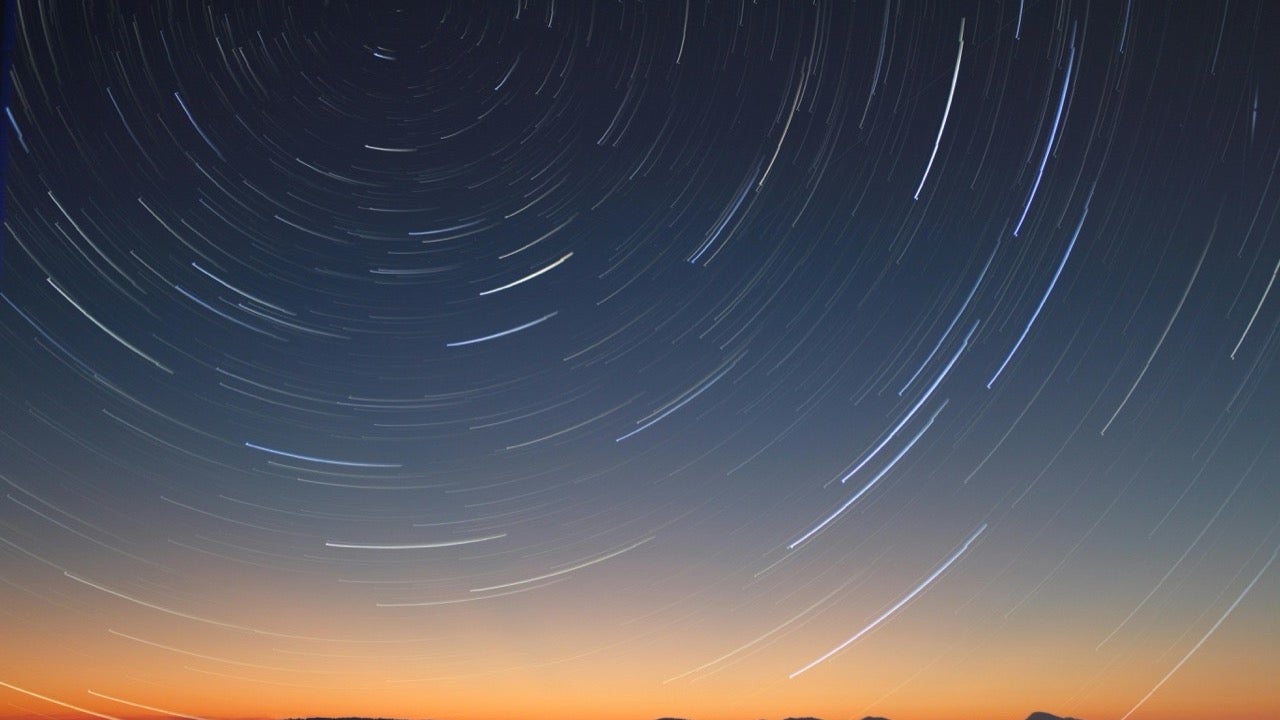News
This is the largest map of the universe ever made: how you can explore it like Google Maps
The COSMOS-Web map shows 800 000 galaxies across 13.5 billion years. You can explore this massive cosmic panorama online, like a galactic version of Google Maps.

- June 15, 2025
- Updated: July 1, 2025 at 9:23 PM

A groundbreaking new cosmic map is reshaping our understanding of the early universe. Created from over 255 hours of data from the James Webb Space Telescope, the COSMOS-Web project offers a stunning view of nearly 800 000 galaxies, some of which existed just 400 million years after the Big Bang. What was once believed to be a dark, starless era now appears to have been filled with galaxies far earlier than expected.
A universe of galaxies, all in one place
The COSMOS-Web map spans 13.5 billion years of cosmic history, covering a region of sky equivalent to three full moons. Unlike previous efforts like Hubble’s famous deep field, this map is a mosaic composed of over 10 000 individual images stitched together. If Hubble’s image were a sheet of paper, COSMOS-Web would be a 4-by-4-meter mural—same depth, vastly larger scale.
Using infrared light, the Webb telescope captured galaxies invisible to Hubble, revealing that early star formation was far more common than scientists thought. Some galaxies formed stars equivalent to a billion suns in a fraction of the universe’s age.
How you can explore it
Spain’s Instituto de Astrofísica de Canarias used neural networks to categorize more than half a million galaxies by shape, helping scientists understand how galaxies evolve. Additionally, the COSMOS-Web team opened the project to volunteers, who helped refine the raw data over two years.
Now, thanks to this collaboration, anyone can explore the COSMOS-Web map online, zooming through the cosmos like using Google Maps but for galaxies. With more data to come, this map will only grow richer—and stranger.
Latest from Agencias
- This series starring Kristen Bell and Adam Brody returns to Netflix with its second season
- It’s the new French series that everyone is talking about and it will premiere very soon on Apple TV+
- The North Korean hackers who were about to steal thousands of cryptocurrencies thanks to a trojan
- 'Alien: Planet Earth' has a scene just like the original movie: it is made with fans in mind
You may also like
 News
NewsThis series starring Kristen Bell and Adam Brody returns to Netflix with its second season
Read more
 News
News8,424 cryptocurrency wallets are stolen due to a cybersecurity issue
Read more
 News
NewsIf you're missing wacky humor in Borderlands 4, this modder is the reason it hasn't been there and for it to come back
Read more
 News
NewsIt’s the new French series that everyone is talking about and it will premiere very soon on Apple TV+
Read more
 News
NewsThe Yakuza saga confirms a remake of its most polarizing installment among fans
Read more
 News
NewsOne of the great classics of the 2000s video game will receive a remaster worthy of its legend
Read more